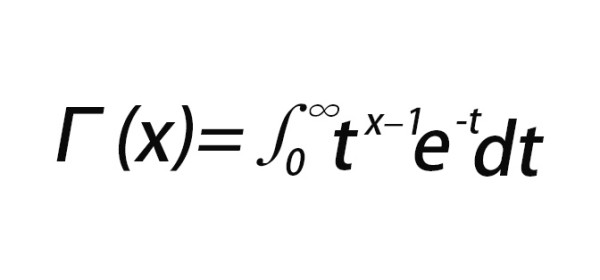Application of gamma function in statistics
Gamma function is the generalization of factorial in the real number domain. It is defined in integral form and is mainly used to describe life distribution and reliability model in the field of LED display.

For example, in survival analysis, gamma distribution can quantify the failure time probability of LED devices. Its shape parameter α controls the distribution skewness, and the scale parameter β affects the extension range. By fitting the actual failure data through the maximum likelihood estimation method, the mean time between failures (MTBF) of LED display can be predicted, providing a theoretical basis for product warranty design.
Application of power function model
The power function model realizes nonlinear correction of brightness through Vout = Vyin, which is the core of visual optimization of LED display. When γ>1, the grayscale of dark parts is stretched to enhance details, and the bright parts are compressed to avoid overexposure; γ<1 increases the overall brightness.
For example, OLED display uses the standard curve of γ=2.4 to ensure the balance between dark field details and highlight levels. The adaptive power function model further combines local brightness statistics to dynamically adjust the γ value, so that the LED display can still maintain color accuracy and contrast consistency in complex lighting environments.